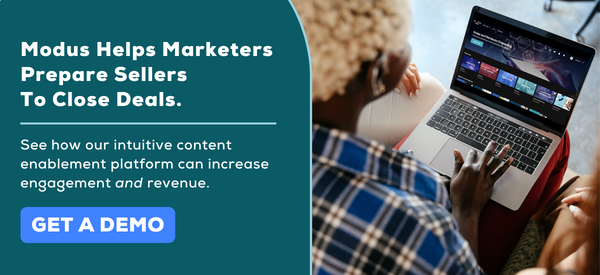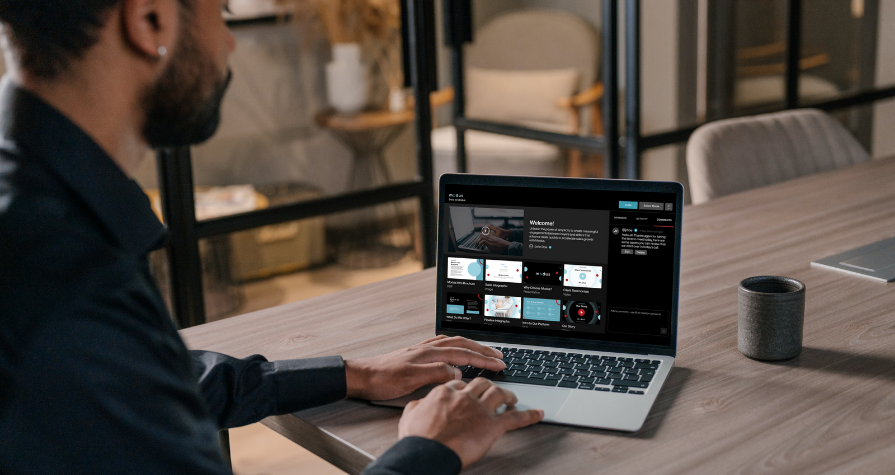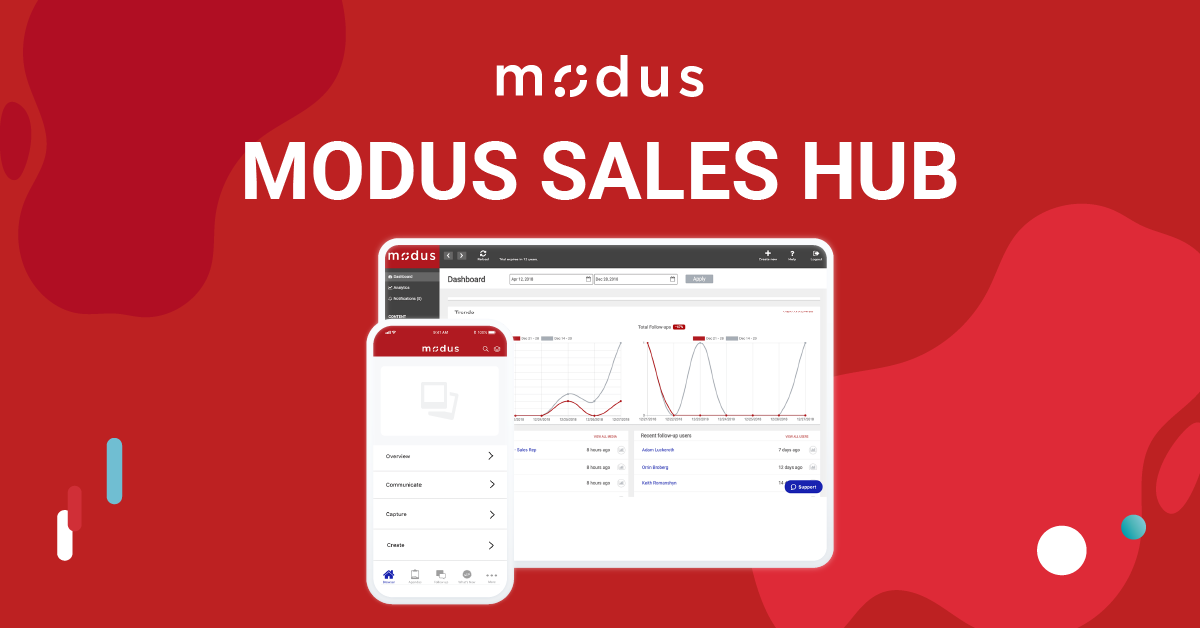Channel marketing works well in theory. Doesn’t it?
Your dealers and distributors are your channel partners.
- You give them the product information they need.
- You tell them how to position your brand, products and services in the marketplace.
- Then you free them to prospect, pitch and propose.
The theory behind channel marketing is that you manage your business, and your channel partners manage all (or a portion of) your sales—including managing the sales pipeline and customer relationships. You rely on the expertise of your dealers and distributors to meet the unique needs of loyal customers, while simultaneously hunting for additional customers in new and existing markets.
The reality of channel marketing, of course, is somewhat different.
Some dealers and distributors generate amazing results. They represent your brand and product portfolio well, and are a delight to work with. But other channel partners do not live up to your expectations. They fail to meet your sales quotas, and at the end of the day, they're hard pressed to sell for you.
It’s likely that your channel partners struggle for any one of four main reasons. Once you understand their challenges, you can empower your dealer and distributor network to improve their performance.
Let’s Explore Those Top 4 Reasons:
1. Lack of Easy Access to Sales Content
Channel partners don’t generally face troubles selling because they lack information. They struggle because they lack access to the right information, at the right time and in the right place.
You can create product brochures, sell sheets, product specification sheets, pricing sheets, ROI calculators, warranty information and plenty of other vital content. But unless this information is easy to access, exactly when and where they need it, your dealers and distributors will encounter real hurdles selling it for you.
A channel marketing enablement platform makes your sales content available anywhere. This provides quick access on mobile, tablets, and laptops during sales calls and field meetings—empowering your channel partners to have meaningful, profitable sales conversations.
The best channel enablement platforms offer offline access to entire libraries of downloadable information when Internet access is hard to come by (think spotty Wi-Fi access in remote customer sites).
They also offer alerts and notifications to help your partners monitor equipment, orders, service calls and more. This enables your sales channel support teams to react quickly (even proactively!) to customer requests, and resolve conflicts that would otherwise jeopardize relationships and future opportunities.
2. Stalled Pipelines
As your prospects move through the buyer journey, they have questions, objections, challenges, and pain points that they need your dealers and distributors to address. The longer your channel partners take to address these concerns, the longer the sales cycle. And the longer the cycle, the more opportunity to see your pipeline stall.
Buyer challenges can pop up in multiple places across your pipeline. Sometimes they're predictable...but many times they come without notice. But whether buyer challenges become an insurmountable obstacle, or an incredible opportunity, depends largely on how quickly your partners provide viable resolutions.
This puts the onus on you to make your sales information more transparent to expedite the sales cycle. For example, ensuring the leads your channel partners capture integrate directly into your CRM and marketing automation platforms.
Your goal is to give your entire organization—including key sales channel stakeholders—the vital customer insights they need to work collectively to drive more sales.
3. Disjointed Messaging
You know what your unique selling proposition is. You can articulate your marketplace differentiators. But what about your channel partners?
One of the leading causes of poor performance for dealers and distributors is fragmented messaging.
Your dealers and distributors will use any information they can find to share with potential customers. If you give them resources that tell them how to position your products, they will use them. If you don’t supply these resources, they will create their own elevator pitches, positioning statements, and messaging to fill the gaps. But they may not align with your go-to-market strategy. 😬 Inaccurate and conflicting messaging can confuse prospects, delay purchasing decisions, and derail deals.
The solution to disjointed messaging is unified collaboration. Sales channel partners using a channel-marketing enablement platform are enabled to deliver consistent brand and product messages that drive higher performance for partner-enablement initiatives.
This type of collaborative solution unifies your messages from the factory floor to the most remote field office. It puts only approved, branded materials and collateral in the hands of your channel partners, such as: product positioning messages, elevator pitches, up-to-date price lists, accurate inventory counts, videos and more.
4. Lack of Engagement
You might have the most helpful and robust channel partner program on the planet, but if your dealers and distributors fail to use it to its potential, their (aka your) sales results will suffer. The key to success with channel partners is engagement. They must engage with your sales content and channel resources to be successful.
Deploying a channel marketing platform that’s designed to optimize content consumption and program uptake is a powerful way to boost engagement. By offering sales content, just-in-time learning modules, go-to-market programs, and product rollout resources, you help dealer and distributor reps quickly gain confidence selling your products.
Effective channel partner platforms are designed to make it easy for you to distribute appropriate content to each dealer and distributor—and convenient for them to consume and share that content it with buyers.
Empower Your Dealers & Distributors, Win More Sales
The secret to improving sales through your channel partners is empowerment. You must give them the sales content, selling tools, product messaging and other resources they need to sell for you.
But you must also provide these resources through a simple platform that works on any device (desktop, tablet, phone), and that delivers up-to-date content at any time. When you remove the barriers that your channel partners face when selling your products and services, you improve their performance. And their success is your success.




